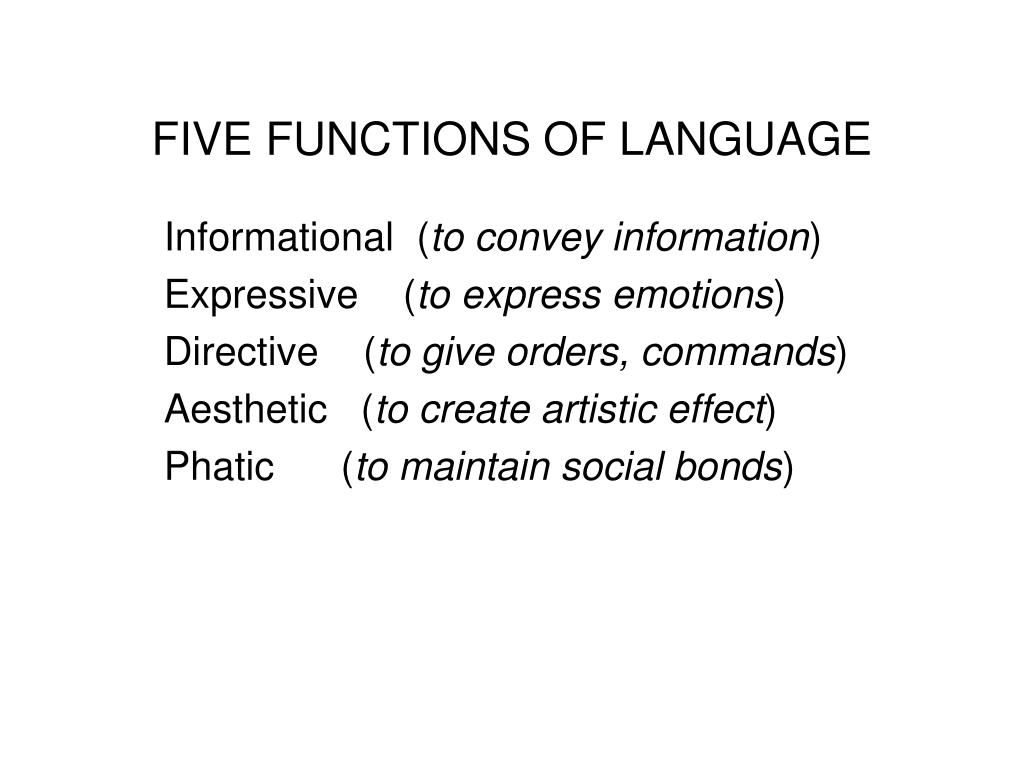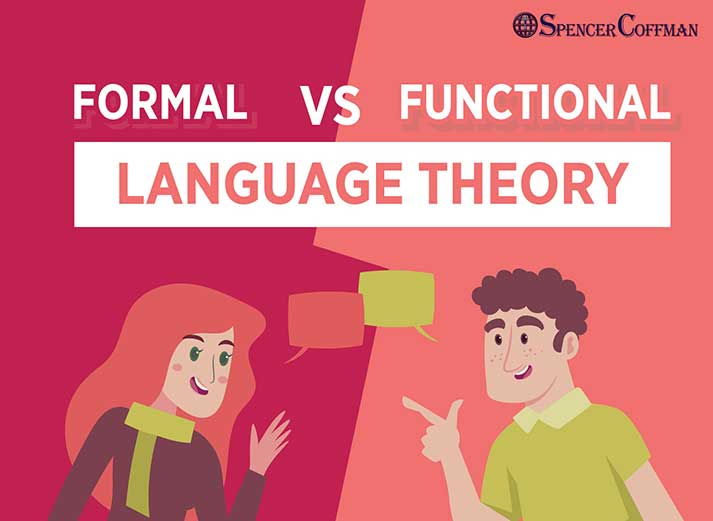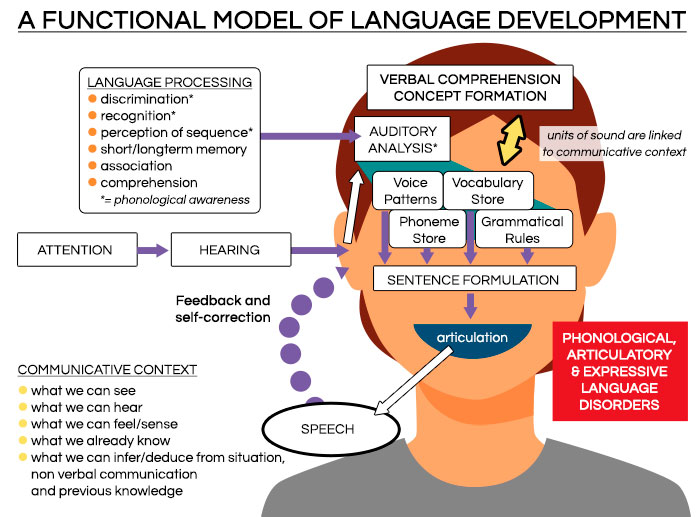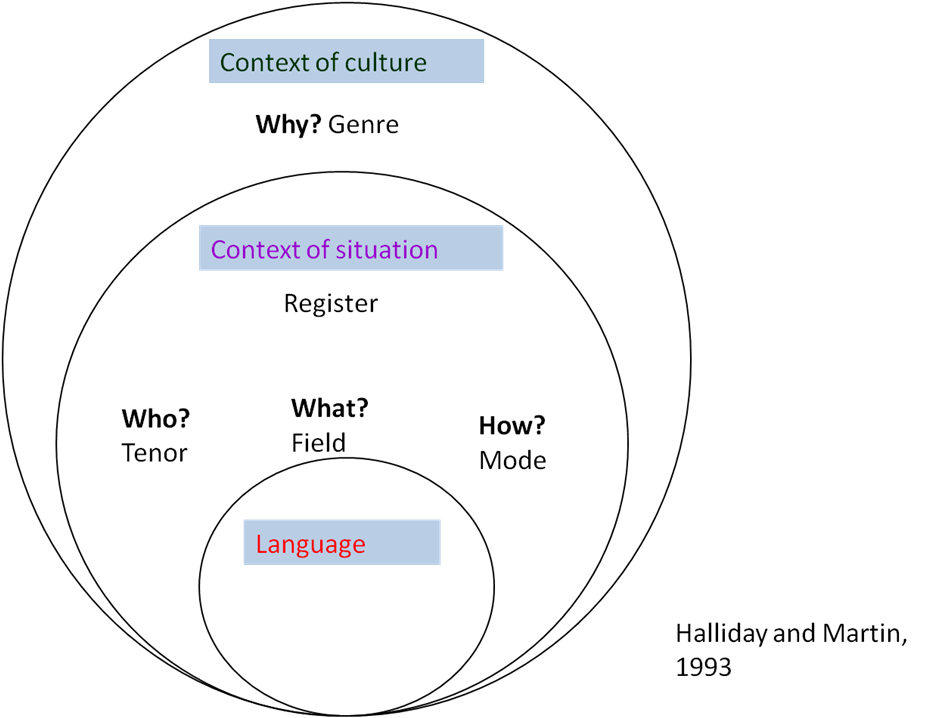
Hallidays Theory Systemic functional grammar SFG or systemic
Functional Grammar is built upon a series of assumptions about the way language works in context: Language is a dynamic, complex system of resources for making meaning. Language reflects the culture in which it has evolved. It is not a neutral medium, but expresses certain world views, values, beliefs and attitudes.

PPT FIVE FUNCTIONS OF LANGUAGE PowerPoint Presentation, free download ID158415
The Functional Model of Language. [Image] Available at: +1 The (Sub)systems of Context of Situation, Discourse Semantics, and Lexico-grammar Source: John, 2014. Meaning as choice Course, LING.

Formal Versus Functional Language Theory Spencer Coffman
ring in Language: An Integrated Approach (Cambridge, forthcoming), Perspectives from Systemic Functional Linguistics: An Appliable Theory of Language (Routledge, 2018, with A. Sellami-Baklouti), and Analysing English Grammar: A Systemic-functional Introduction (Cambridge, 2012). david scho ¨ nthal is a Research Associate at Cardiff University.

1 Language Functional Categories Download Scientific Diagram
Systemic functional linguistics (SFL; Halliday & Matthiessen, 2014) is a meaning-based theory of language that sees language as the realization of meaning in context. A language is a resource for making meaning, and meaning resides in systemic patterns of choice. According to SFL, the grammar of a language represents system networks, not an.

Stylistics of the English Language online presentation
Underlying the functional model of language is the notion that language users make choices to achieve their intended purposes. The functional model of language was developed in the 1980s by Halliday and forms the basis of the genre approach to language.

Halliday's model of language functions Download Table
LANGUAGE IN CONTEXT In Chapter 2 you will be introduced more fully to the choices available in the language system. functional model describes how language varies from context to context. It shows, for example:

PPT SYSTEMIC FUNCTIONAL LINGUISTICS (HALLIDAY’S THEORY) PowerPoint Presentation ID6892741
Functional language comprises expressions that do different things, for example: make a request, invite someone to do something or suggest something. Situational language comprises expressions we use in specific situations, for example: at a restaurant, shopping for clothes or asking for tourist information.

Processes for Communication 1 Childhood Communication Consultancy
Harnessing the power of human-annotated data through Supervised Fine-Tuning (SFT) is pivotal for advancing Large Language Models (LLMs). In this paper, we delve into the prospect of growing a strong LLM out of a weak one without the need for acquiring additional human-annotated data. We propose a new fine-tuning method called Self-Play fIne-tuNing (SPIN), which starts from a supervised fine.

Academic Language Functions Examples JaylenhasBates
A functional model recognises that language is par t of almost ev er y aspect of our lives (sometimes accompanying an activity and sometimes the focus of an activity).

An Introduction to Halliday’s Systemic Functional Linguistics Cevios All About Research
What is a Functional Model of Language? Robyn Cusworth, Robyn Ewing Primary English Teaching Association, 1994 - English language - 6 pages The article suggests that as teachers need to provide.

1 Schematic Diagram of Theoretical Framework (based on M.A.K Halliday's... Download Scientific
Noting that a number of Australian states have adopted a functional model of language in their English syllabus documents, this PEN explains the term "functional model" and explores the implications of a functional approach to the teaching of English across all key learning areas in the Australian primary classroom.

The Systemic Functional Model of Language and TeachingTexts Download Scientific Diagram
The Australian Curriculum: English uses systemic functional linguistics to frame our teaching of language and literacy through literature; that is, whole texts.

Systemic functional linguistics and metafunctions of language
SFL is a functional model of language inspired by the work of linguists such as Saussure, Hjelmslev, Whorf, and Firth.

This is a model of how language is structured and developed within children, communities and
show an understanding that functional model actually contribute to communicative teaching approaches. This is an approach that may be adopted by teachers of foreign language teaching where learners are not exposed to the target language. Key words: functional model, context, text, situation, field, tenor and mode. 1. Introduction

PPT An overview of SystemicFunctional Linguistics PowerPoint Presentation ID300843
A functional model of language A functional model of language was developed and continues to be modified by Professor Michael Halliday and his colleagues. Halliday believes that language is not simply a collection of rules and labels for grammar, but it is a resource for making meaning through which we interactively shape and interpret our.

Functional Model of Language (functional grammar onion)
This chapter describes a particular unit of study that student-teachers take when enrolled in either a Graduate Certificate of TESOL or a Master of Applied Linguistics and TESOL course in an Australian university. This unit of study introduces student-teachers to a functional model of language based on SFL theory, SFG and genre theory and pedagogy.